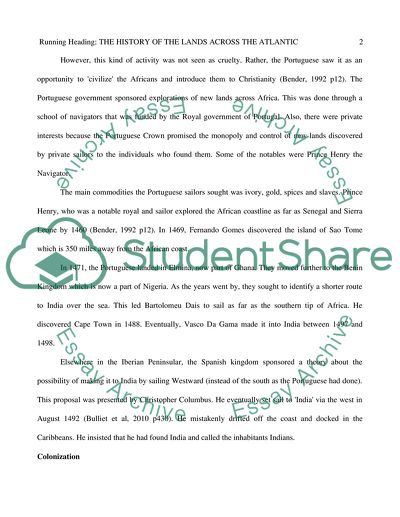Cite this document
(“The History of the Lands across the Atlantic 1440 1820 Research Paper”, n.d.)
The History of the Lands across the Atlantic 1440 1820 Research Paper. Retrieved from https://studentshare.org/history/1588882-the-atlantic-world
The History of the Lands across the Atlantic 1440 1820 Research Paper. Retrieved from https://studentshare.org/history/1588882-the-atlantic-world
(The History of the Lands across the Atlantic 1440 1820 Research Paper)
The History of the Lands across the Atlantic 1440 1820 Research Paper. https://studentshare.org/history/1588882-the-atlantic-world.
The History of the Lands across the Atlantic 1440 1820 Research Paper. https://studentshare.org/history/1588882-the-atlantic-world.
“The History of the Lands across the Atlantic 1440 1820 Research Paper”, n.d. https://studentshare.org/history/1588882-the-atlantic-world.


